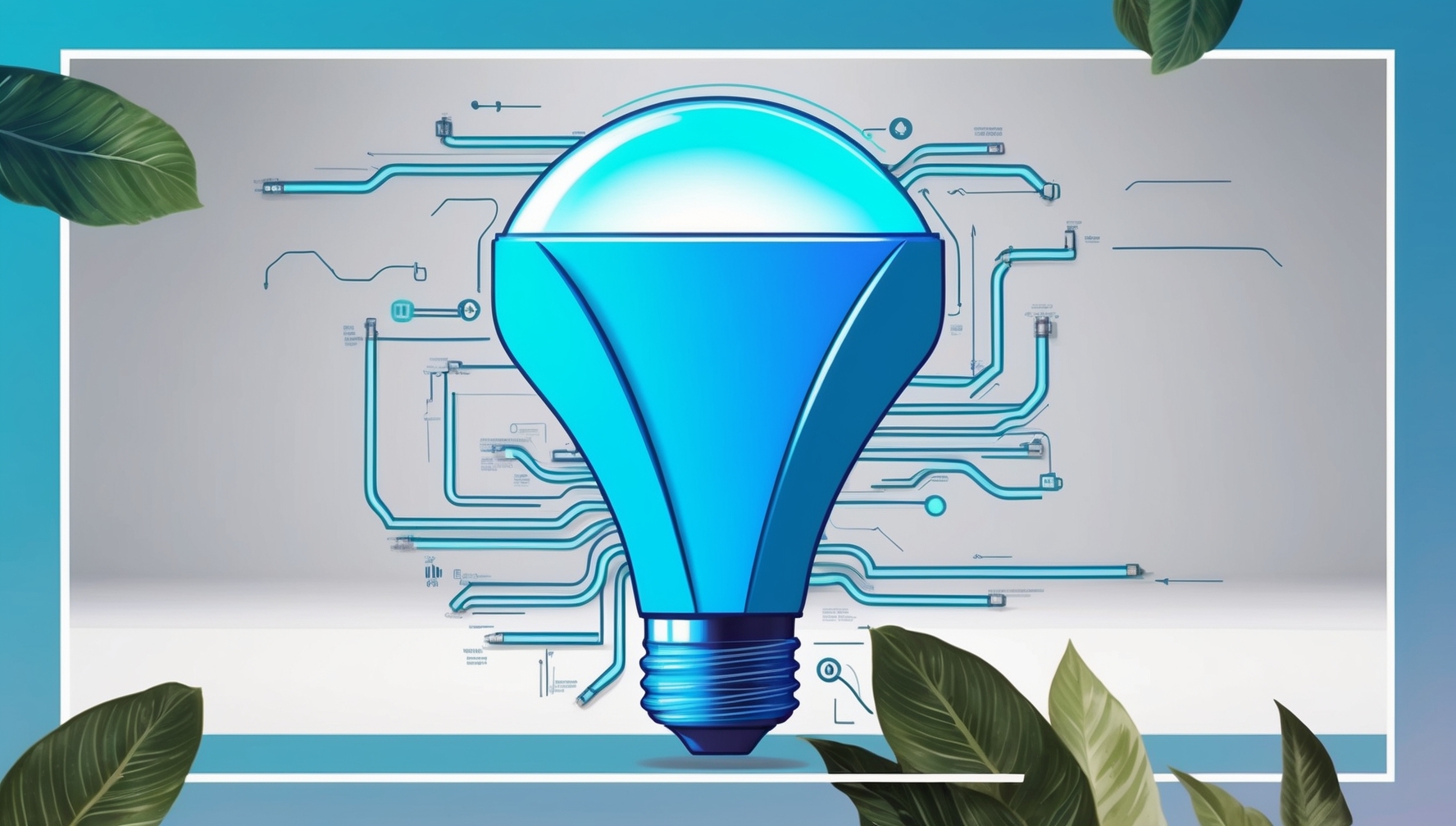In an era where energy conservation and sustainability are more critical than ever, LED lights are emerging as the leading technology for energy-efficient lighting. With their unparalleled efficiency, longevity, and versatility, LEDs are not only transforming how we light our homes and businesses but also paving the way for a more sustainable future. This article delves into LEDs vs. traditional lighting options, highlighting why LED lights are poised to dominate the future of energy-efficient lighting.
Superior Energy Efficiency
LEDs, or Light Emitting Diodes, are renowned for their energy efficiency. Unlike traditional incandescent bulbs, which waste a significant portion of energy as heat, LEDs convert most of the energy they consume directly into light. This efficiency allows LEDs to use up to 80% less energy than incandescent bulbs and about 50% less than compact fluorescent lamps (CFLs).
This drastic reduction in energy consumption not only lowers electricity bills for consumers but also contributes to a significant decrease in overall energy demand. As the world seeks to reduce its carbon footprint, the widespread adoption of LEDs is a crucial step towards achieving global energy efficiency goals.
Extended Lifespan
Another reason LEDs are set to lead the future of lighting is their impressive lifespan. While traditional bulbs typically last between 1,000 to 2,000 hours, LEDs can last up to 50,000 hours or more. This means that an LED light can function for years—sometimes decades—before needing replacement.
The long lifespan of LEDs reduces the frequency of bulb replacements, leading to less waste and lower maintenance costs. This durability makes LEDs an attractive option not only for residential use but also for commercial and industrial applications, where changing bulbs frequently can be costly and labor-intensive.
Environmental Benefits
LEDs offer significant environmental advantages over other lighting technologies. Their energy efficiency directly translates to lower greenhouse gas emissions, as less energy production is required to power them. Additionally, LEDs do not contain hazardous materials like mercury, which is found in CFLs, making them safer for both the environment and human health.
LEDs also produce less waste due to their long lifespan, reducing the environmental impact associated with manufacturing and disposing of bulbs. Furthermore, advancements in LED technology are making them increasingly recyclable, contributing to a more sustainable lifecycle for lighting products.
By dramatically reducing energy consumption and greenhouse gas emissions, LED lights not only enhance energy efficiency but also significantly contribute to sustainable living, making them an essential component of eco-friendly homes and businesses.
Versatility and Design Flexibility
LEDs are highly versatile and can be used in a wide range of applications, from residential and commercial lighting to automotive, street, and even horticultural lighting. Their small size and cool operation allow for innovative design possibilities that were not feasible with traditional lighting.
In addition to standard bulbs, LEDs are available in various forms, including strips, panels, and integrated fixtures, offering designers and architects unparalleled flexibility. LEDs can also produce a wide range of colors and are easily dimmable, making them ideal for creating customized lighting environments in homes, offices, and public spaces.
Integration with Smart Technology
The future of lighting is not just about energy efficiency but also about connectivity and control. LEDs are perfectly suited for integration with smart technology, allowing for advanced features such as remote control, automation, and customization. Smart LED bulbs can be connected to home automation systems, enabling users to control their lighting through smartphones, voice commands, or preset schedules.
This integration with smart technology enhances energy savings by allowing precise control over when and how lights are used. For example, lights can be programmed to turn off automatically when a room is unoccupied or to adjust their brightness based on natural light levels. As smart homes and cities become more prevalent, the role of LEDs in these environments will only continue to grow.
Cost-Effectiveness
While LEDs may have a higher upfront cost compared to traditional bulbs, their long-term cost-effectiveness is unmatched. The savings on energy bills, combined with the reduced need for frequent replacements, make LEDs a smart financial investment over time. Many governments and utilities also offer incentives and rebates for switching to LED lighting, further offsetting the initial cost.
As production costs for LEDs continue to decrease, making them even more affordable, their adoption is expected to rise, solidifying their place as the future standard in lighting technology.
The Path Ahead: A Brighter, Greener Future
LED lights represent the future of energy-efficient lighting, offering a combination of efficiency, longevity, and adaptability that is unmatched by other technologies. As the world increasingly focuses on sustainability and reducing energy consumption, LEDs are set to play a central role in this transformation. From homes to businesses to public spaces, the shift to LED lighting is not just a trend—it’s a crucial step towards a brighter, greener future for all.
